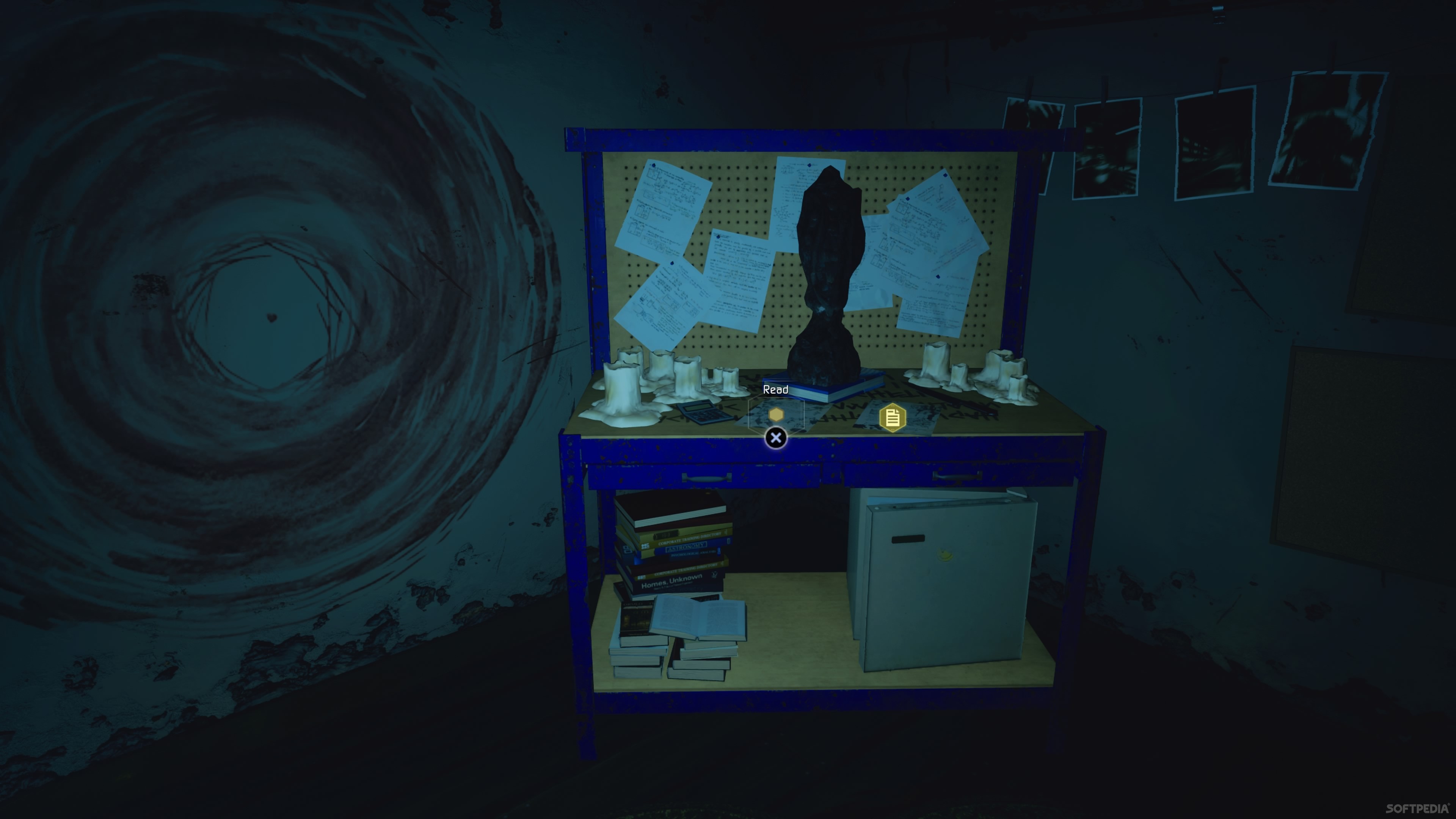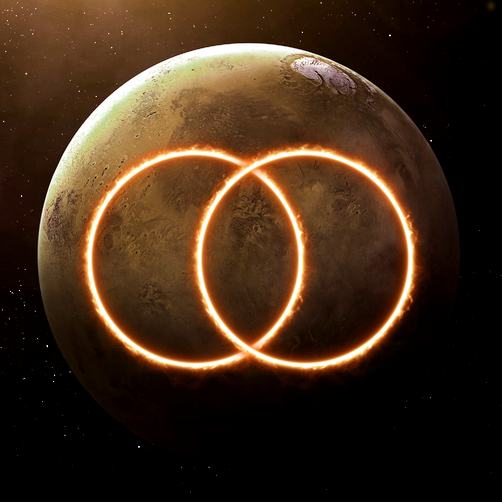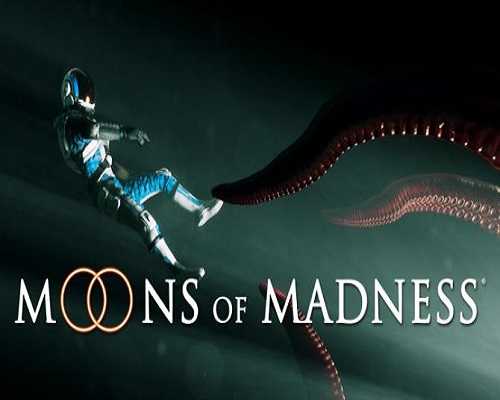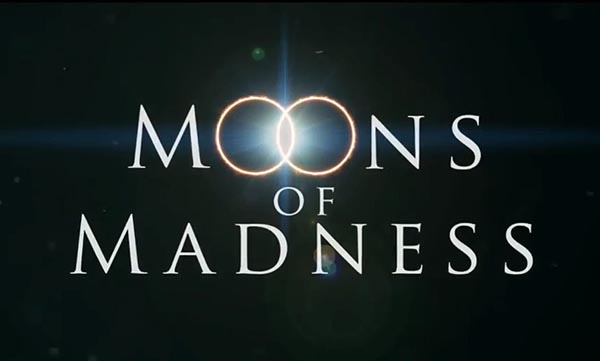
The sci-fi setting and cosmic weirdness combine to regain the unsettling feeling that is lost through the initially frustrating chases. The hints at his missing mother develop into a characteristically Lovecraftian tale of scientific breakthroughs that have horrifying consequences.Īs the game deepens and the peril grows, Moons of Madness becomes a tremendously atmospheric experience. The story also takes a series of interesting turns that simultaneously open the action out to a more cosmic scale and focus inward to Newehart’s own family traumas. The sudden intrusion of instant death and a lack clear signposting elicited a deep sigh, but it is certainly worth persevering through this obstacle. Fortunately, they are relatively infrequent, but the first main one is so dependent on trial and error that it could easily put players off. These are often the bane of otherwise well-crafted atmospheric experiences and, to some extent, they are here as well. This is most clearly seen in obligatory chase sequences that feature so heavily in so many horror games.

Once things take a turn for the cosmic horror, however, the pace of the game also changes. Much of your early time is spent locating batteries and activating switches, although the atmosphere and scene-setting makes this far more enjoyable than that description makes it sound. This approach slowly eases you into life on Mars and gives you a chance to get a feel for the layout of the base in a threat-free fashion before the poop hits the fan. In typical sci-fi fashion, the early parts of your Martian experience feature the kind of mundane activities that would make actual space travel feel like janitor work. Moons of Madness initially takes is graphic design cues from the sterile and clinical stylings of Space Odyssey and Duncan Jones’ Moon, but it’s a style that quickly gives way to tentacle-like roots and inky black ooze. Fortunately, these puzzles are generally challenging without becoming frustrating.

You’ll spend most of your time exploring and solving environmental puzzles rather than fighting off aliens.

The lack of weaponry and fighting ability differentiates Shane Newehart from Doom Guy or Dead Space’s Isaac Clarke – even if he shares the job of engineer with the latter. Much of the game’s style of horror operates through the steady sense of dread it establishes and maintains, aside from a few obligatory set-pieces.

In direct contrast to more action-filled martian escapades like Doom, Moons of Madness owes more to the walking simulator genre than first person shooters.


 0 kommentar(er)
0 kommentar(er)
